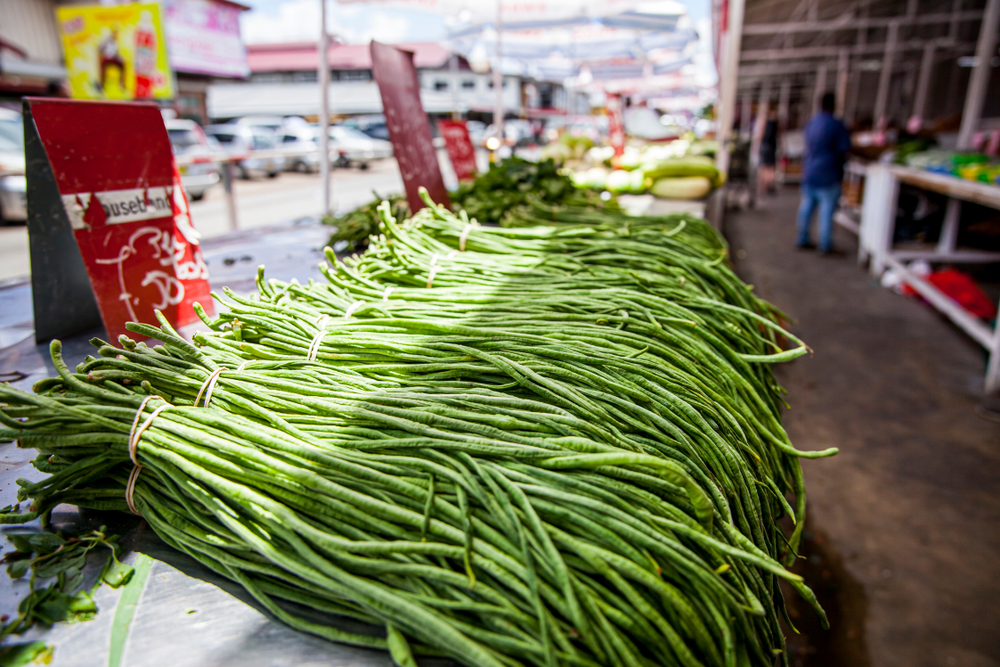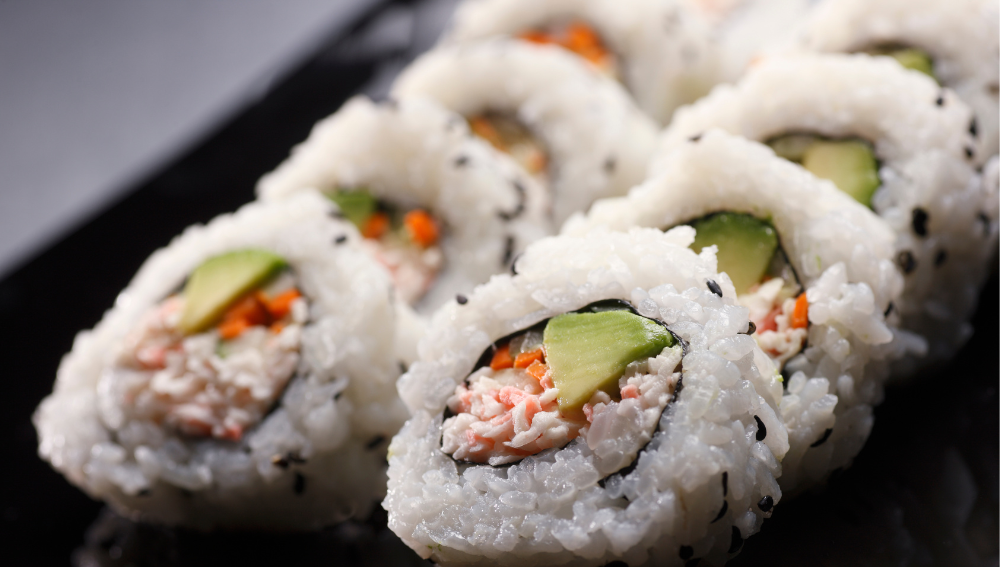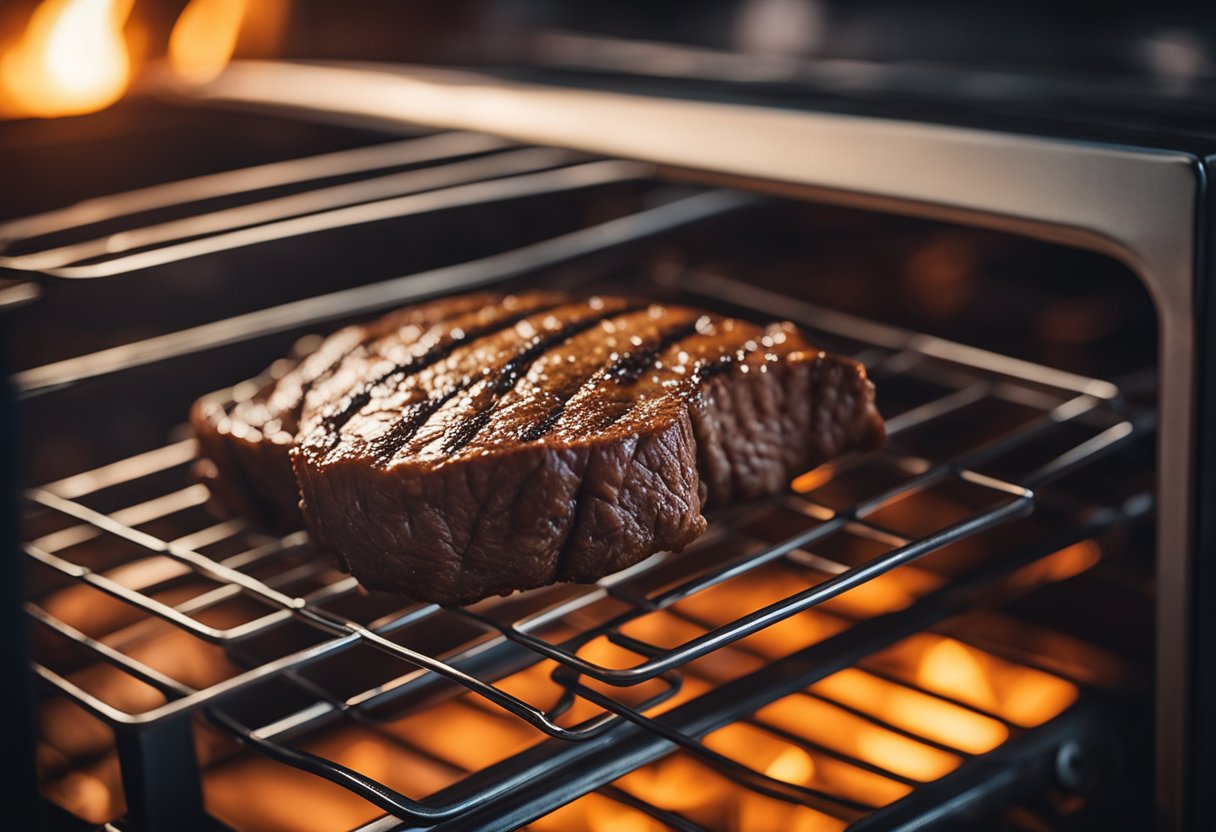This New Year’s Day treat is a staple for good luck and fortune. The black-eyed pea is a medium sized bean, originating from the cowpea in Africa. Black eyed peas are very popular and come in a variety of colors, but the most popular commercial version is called the California Buckeye.
Black eyes peas can be a savory and delicious treat accompanied with steak, red proteins, or even in a pasta salad. When you finally run out of your black eyed pea supply, there are plenty of substitutes you can use.
The best substitute for black eyed peas are pinkeye purple hull peas, catjang, dixie lee peas, and yardlong beans.

1. Pinkeye Purple Hull Peas
Pinkeye purple hull peas, also known as Southern Ladies, is a nutty flavored cowpea that are perfect for the substitution of missing black-eyed peas. At around the same price point, pinkeye purple hull peas only need to be boiled with a bit of salt in order to replace the black-eyed peas in a savory meal.
Pinkeye purple hull peas will go best with red meats due to their nutty and fresh flavor and won’t pair well with other nutty flavors such as chickpeas. One of the more popular ways to make these precious little beans is to add lemon, salt, and to boil or pan fry them to your preferred texture.
These beans and black eyes peas are cousins, originating from the same kind of cowpea. The easy way to tell the difference in the beans is the color, as pinkeye purple hull peas are significantly greener than its pale counterpart. Another way to tell is while the eye of the black-eyed pea may vary, the eye will have a pink ring that is customary in purple hulls.
2. Catjang
Catjang, also known as “Oklahoma game bird cowpeas,” are a version of the cowpea that is still native to Africa and other old-world tropics. It has spread out to the warmer regions of the world but is mostly used in the US as a form of fodder.
Catjang is not the easiest thing to substitute black eyed peas with specifically because its availability and import cost. US farmers often use this for other things, and with the US climate not being tropical, they can be extraordinarily hard to grow domestically. With it not being an economically feasible plant, you’ll probably have to have it imported or shipped directly to your house.

With this extra cost in mind, it may be better to get black eyed peas instead of importing catjang. However, if you’re already in possession of it, it is a perfect flavor profile fit for the black-eyed pea. Pairing it with the same things will have the same flavor result, and many are pleased with a catjang and steak with lemon pairing.
3. Dixie Lee Peas
Dixie lee peas taste extremely similarly to pinkeye purple hull peas, with just a bit of a richer flavor. When substituting for black eyed peas, make sure to add salt to the water that you put it in in order to make sure that the peas taste like black eyed peas.
The upside to these peas is they have a significantly better textural hold than other cowpeas. Whether you decide to blanch, freeze, or refrigerate them, the texture will hold up immensely well when compared to other legumes.
When pairing the dixie lee peas, you should consider the extraordinarily rich flavor and either try to mitigate the richness, or not add extraordinarily rich flavors into the dish itself. Having an overly savory and rich meal can cause stomachaches.
4. Yardlong Beans
Also called the asparagus bean, its green pods look extraordinarily similar to green beans. They are cultivated in Nepal, and they are a variety of the same cowpeas that black eyed peas also come from. This version of the cowpea is in a different genus than most beans, and you can usually tell by the different colors.

The plant is similar to the Catjang plant in that it can be hard to get due to its need for a tropical region. It is commonly found in Nepal, South Asia, Southeast Asia, and China. The pods also grow slowly, which can drive the price up in the long term, but the regular cultivation can speed up the process of the pods.
These differ very much in texture from the black-eyed peas, more like edamame, but the flavor profile goes well with the same things that black-eyed peas would go with. Paring this with steak will balance out the richness and savory nature of the steak with the fresh crisp of the yardlong bean.
This makes for an interesting twist on the black bean and will make a surprisingly good substitute.







